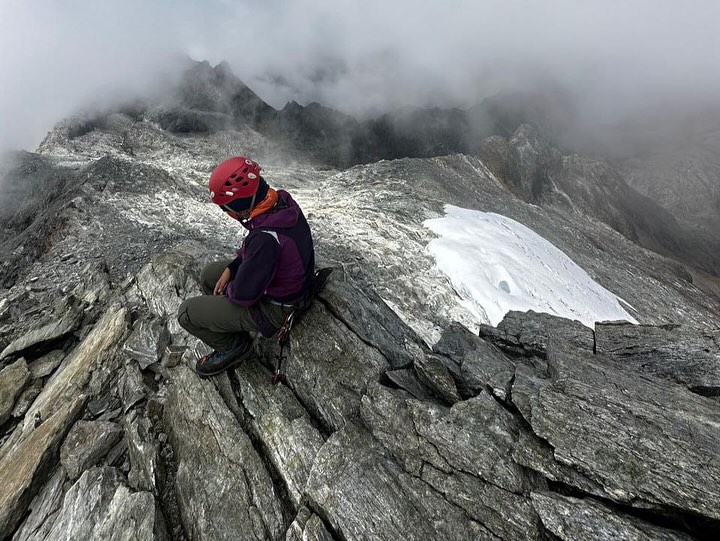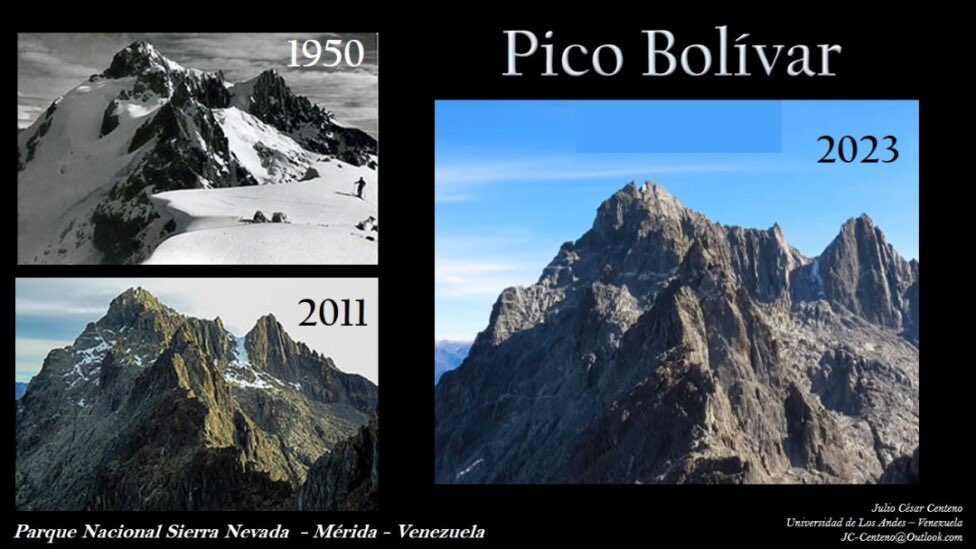Six Thousandths of Gold to Connect to the Internet in Canaima
“Canaima de carne y huesos”, a recently published book by Jesús Piñero and Valeria Pedicini, tells the story of human rights violations in Canaima National Park.
Venezuela is installing a plastic cover over the remains of its last glacier in a desperate attempt to slow down its thaw. Scientists already consider it “dead”, making Venezuela the first country in the world to loose all its glaciers.

The Ministry of Ecosocialism began a process to cover the remains of Venezuela’s last glacier, La Corona, on Humboldt Peak at 4,900 meters above sea level with a plastic blanket. It hopes to slow the inevitable end of the last glacier, making Venezuela the first country in the world to lose its glaciers to climate change.
The proposal has been criticized by academic groups who allege that it was not properly consulted and that it has environmental risks for mountain species and communities that may be affected by plastic waste.
According to a group of scientists specialized in the Venezuelan Andean peaks, the Humboldt glacier “is no longer a glacier and we should consider it officially dead” because it has become too thin and is already in “negative balance”: that is, it is melting faster of what it is capable of accumulating in the form of ice.
“Canaima de carne y huesos”, a recently published book by Jesús Piñero and Valeria Pedicini, tells the story of human rights violations in Canaima National Park.
After a prolonged drought of international tourism in Venezuela, there are signs that the industry is slowly recovering.
Back in 2019, The Atlantic narrated the slow death of Venezuelan glaciers and the desperate plight of scientists to study its wonders:
“Melfo helped organize and search for private funding for a second expedition, this time to the glacier on Pico Bolivar, which has since disappeared (…) Together, the two expeditions yielded 600 microbial strains, now stored in deep freezers at the university. About 30 percent of the strains have been identified so far; most are previously unknown to science, and among them are bacteria capable of dissolving phosphorus, an essential plant nutrient. ‘We were able to show that they behave as growth promoters of certain plants at low temperatures, so it’s possible that they could be useful as biofertilizers,’ Yarzábal says. Such fertilizers, he says, could improve the sustainability of agriculture in mountain regions.”

Chavismo is arresting high profile activists and increasing its harassment of organized civil society, hoping to crack down on its organizational and mobilization capabilities before the presidential elections.
More than 20,000 migrants in that country are being posed as a threat and a Trojan horse from the Guyanese media and political sphere